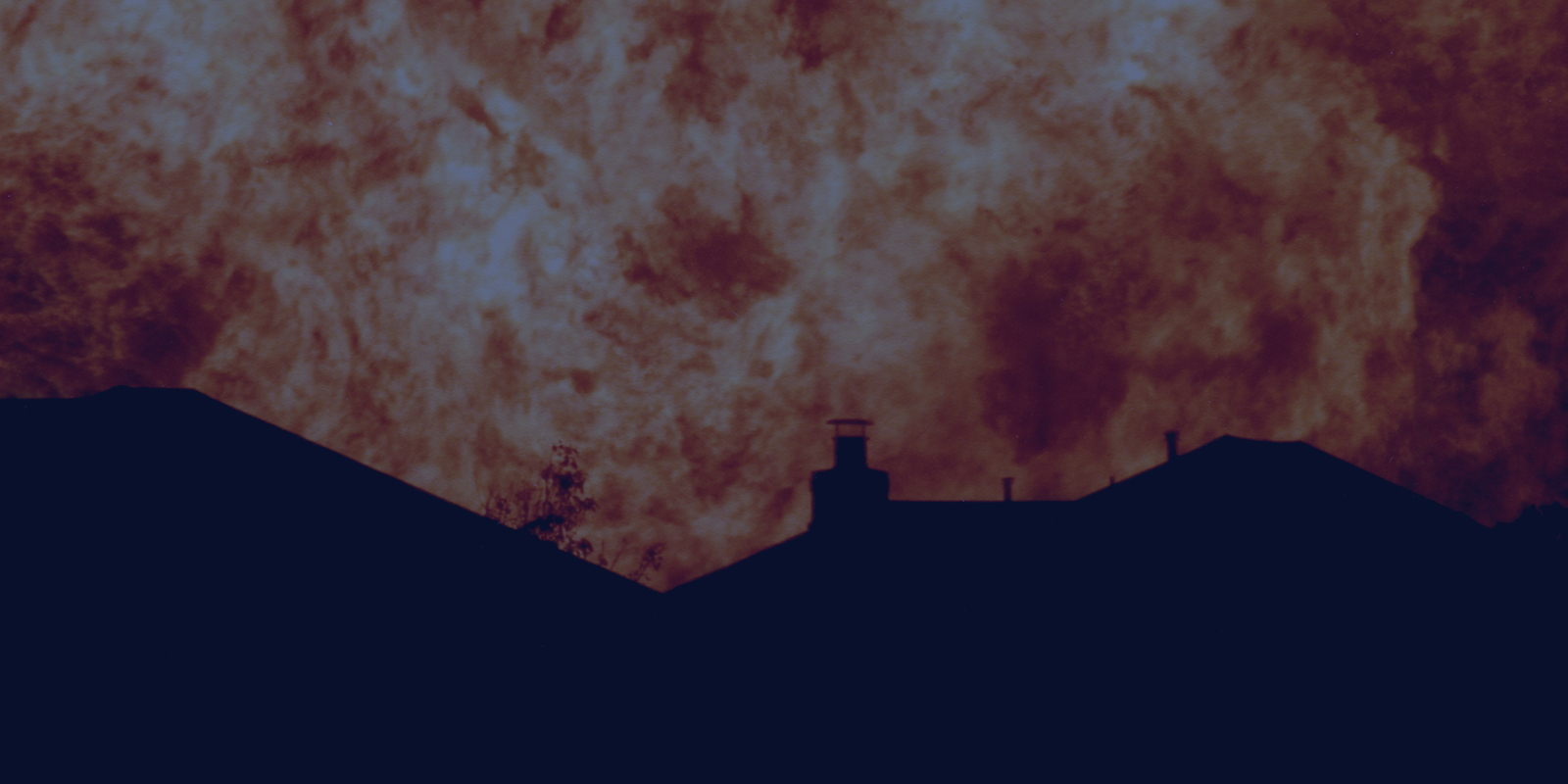Thunderstorms, Hail, and Tornadoes
March has arrived, and with it has come springtime weather. In many parts of the U.S., this means the potential for heavy thunderstorms, hail, and even tornadoes.
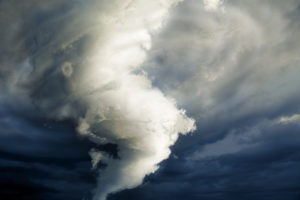
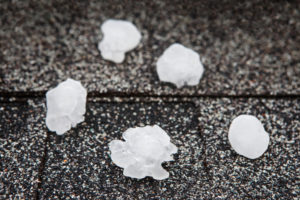
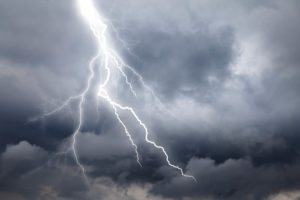
Thunderstorms are the result of atmospheric convection, with warm moist air moving upward from the earth’s surface mixing with the cooler, drier air at higher altitudes. Cooling of the air and subsequent condensation can result in heavy rains and hail, and downdrafts can cause high speed thunderstorm winds. Per the National Oceanic and Atmospheric Administration, a thunderstorm is classified as severe when it contains hail sized 1″ in diameter or more, or has wind gusts in excess of 57.5 mph. While thunderstorms can occur at all hours, they are most likely to develop in afternoons and evenings.
Hail is solid ice precipitation that forms in thunderstorms. If large enough, falling hail can cause damage to crops and property, including roof coverings and exterior finish materials on buildings. While not all hail causes damage, a reliable estimate of hail size can help determine the damage potential due to hail at a given site.
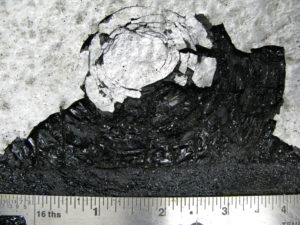

The strongest convection cells, known as supercells, have the potential to produce tornadoes, which are vertical, funnel-shaped vortexes, and are the most destructive types of windstorms. Tornadic wind speeds can exceed 300 mph, far exceeding severe straight-line wind speeds.
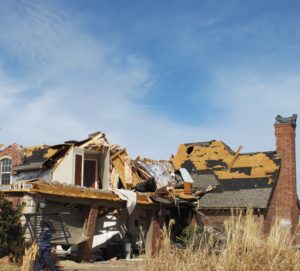
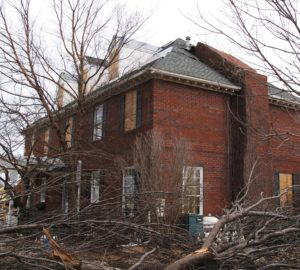
Nelson Forensics’ engineers and architects are licensed in all 50 states to evaluate buildings, equipment, and other property for damage which may have been caused by severe springtime weather. To request Nelson’s services, please call, e-mail expert@nelsonforensics.com, or submit an online request here https://www.nelsonforensics.com/request-forensic-services/.

